Recipes, cooking, food
Sweet potato breeding at Lubera
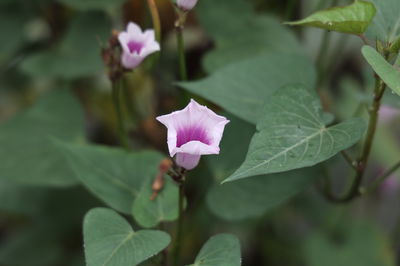
Sweet potatoes, Ipomoea batatas, are one of the most important crops internationally. In terms of yield, they rank number 15 among all crops, and among the root crops they are in 3rd place after potatoes and cassava. Their genetic origin and thus the place of greatest diversity is in subtropical to tropical Central America, but there are also genetic centres in South America (Peru) and in Polynesia, where the large tuberous roots stopped on their journey around the world. Exactly how sweet...
Read moreArtichoke young plants – more than just edible thistles
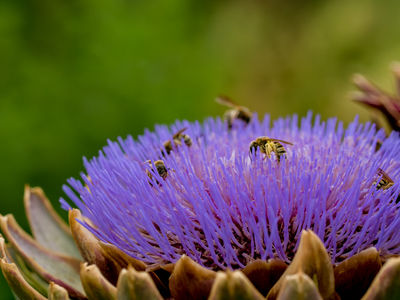
The artichoke (Cynara cardunculus subsp. scolymus; syn.: Cynara scolymus) is a popular vegetable, especially in Mediterranean countries. And it is not only the Francophiles and Italophiles among us who regularly eat this special vegetable. In our region, it is usually on the menu as a pizza topping. But the artichoke is much more. Not only for culinary reasons but also due to its gardening possibilities, the artichoke belongs in the home garden. Even when it is not harvested, this plant species...
Read moreConfi® berries – new jostaberry that we need!
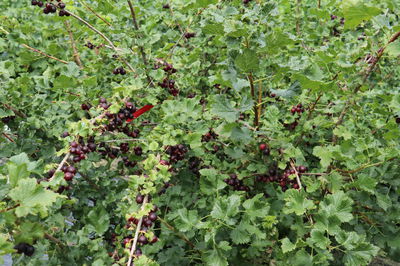
The horticultural or breeding vision of combining blackcurrants with gooseberries has existed since the end of the 19th century. The aim of these first crossing attempts was to combine the fruitiness and fruit size of gooseberries with the aroma of blackcurrants. In addition, this new fruit variety was also to have tolerance to American gooseberry powdery mildew. However, these first attempts were not successful...
The Lubera® breeders were by no means the first to work on jostaberries. In the...
Read moreThe Sweetleaf® raspberry – the healthy, green sugar from your own garden
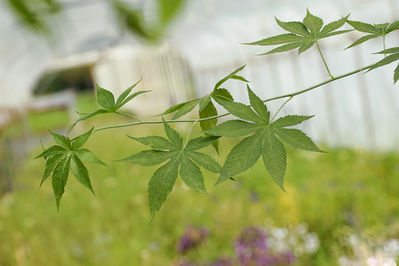
Basically, it almost sounds like a pious Christmas wish from a plant lover: to have a perennial and hardy plant that can be cultivated sustainably both in the garden and in pots, and whose leaves contain an ingredient that gives the leaves an incredible sweetening power. We can fulfil this wish with the Sweetleaf® raspberry – a perennial and hardy, Stevia-like plant that is ideal for a temperate, winter cold climate.
Read moreTree kale – the hardy and perennial cabbage plant
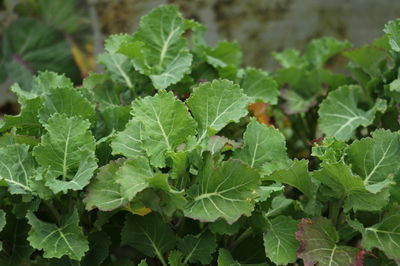
Tree kale (Brassica oleracea var. ramosa, which is sometimes also known as 'perpetual kale”, is an old cultivated plant and makes a harvest of fresh cabbage leaves possible for an entire year, without that constantly new cabbage young plants must be planted. The names perpetual kale and tree kale are already quite accurate and descriptive as far as the growth character and endurance of this particular vegetable are concerned. In the following, we would like to introduce you to this...
Read moreOca tubers (Oxalis tuberosa) – a plant portrait of the colourful Andean tubers
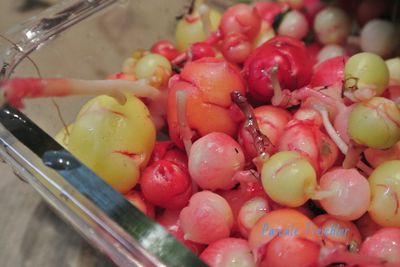
With our oca young plants (Oxalis tuberosa) we offer a new, but nevertheless also old vegetable plant. The colourful tubers enrich our diets not only in terms of appearance, but also the taste of these vibrant tubers has a lot to offer. Oca has always been cultivated for its bright-coloured, edible tubers. However, both the leaves and the shoots can also be eaten. In this article, you will learn how this vegetable from the highlands of South America can enrich our gardens and our diet in many...
Read moreFAQ about peanuts or what you always wanted to know about peanuts and never dared to ask
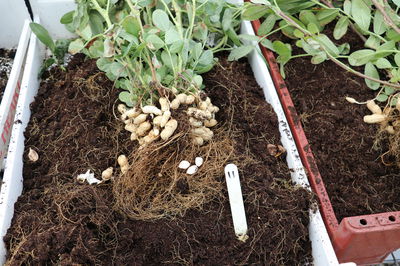
Peanuts are a commodity: one eats them thoughtlessly in front of the television or while sitting on a barstool, hardly ever thinking about the plant or how to grow it. They are the epitome of industrial food. But peanuts, in particular the Lubera varieties, which can now be grown in northern regions, have a lot to offer: tasty nuts, which are actually beans, different seed coat colours ranging from white, pink and red to striped and black. In addition, there is also diversity in the growth...
Read more